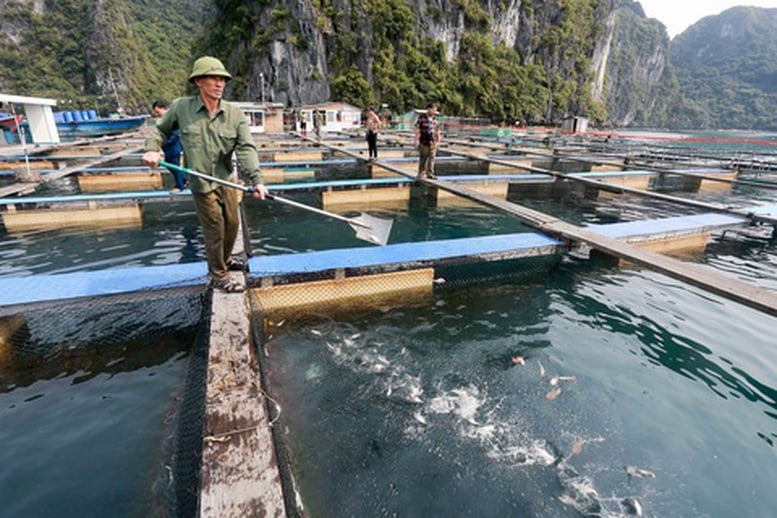
Marine farming model in Quang Ninh province
Effective from reality
High-tech marine aquaculture is becoming a strategic direction in Vietnam, especially in coastal provinces such as Quang Ninh and Ninh Thuan , where abundant natural potential is possessed and sustainable development strategy is put first.
Quang Ninh province, with more than 6,100 km² of sea surface and a rich system of lagoons and bays, has fully exploited the potential of marine farming through high-tech models. One of the typical models is Pacific oyster farming in Van Don district. Since 2006, this oyster breed has been imported from Japan, then successfully localized thanks to the suitable natural conditions of the Northeast sea. Oysters are raised in a natural environment, away from tourist and industrial areas, ensuring high quality and outstanding nutritional value. To date, this model has become a key product, creating jobs for thousands of local workers.
In addition, the modern model of raising lobsters and marine fish in cages has also been widely deployed. Trung Nam Fisheries Cooperative and Bai Tu Long Fishing Village in Van Don have applied cage technology using HDPE (high-strength plastic), replacing traditional wooden cages. After storm No. 3 (Yagi) in 2024, these cooperatives quickly restored production with more than 5,400 hectares of oyster cages and 6,400 fish cages, achieving output exceeding before the storm. This technology not only increases productivity but also reduces pollution, in line with the trend of sustainable development.
In Ninh Thuan province, with a coastline of more than 105 km and a territorial sea of 18,000 km², the semi-natural squid farming model pioneered by Mr. Nguyen Ba Ngoc in Thanh Hai commune, Ninh Hai district stands out. Using HDPE plastic cages with an area of 2,400 m², this model releases 10,000 squid fry per cage, after 5-6 months, it harvests about 7 tons of squid, bringing in a profit of 400-500 million VND/crop, with two crops per year. In particular, the bottom of the cage is open so that the squid can take advantage of natural food, reduce costs and protect the environment. This is the first model in Vietnam to apply this technology, opening up the potential for replication.
In addition, Ninh Thuan province also develops lobster, cobia, and grouper farming in cages in areas C1 and C2 (Thanh Hai commune) with more than 3,560 cages, with an output of 80 tons of lobster and 560 tons of marine fish in 2021. The pilot model of semi-natural squid farming and mollusks such as oysters is also being expanded, aiming for an output of 5,000 tons by 2030. In addition, the province also invests in aquatic seed production, with the goal of reaching 625 million seeds, including 25 million marine fish and 600 million mollusks.
High-tech marine farming models are all very new and bold approaches of people and businesses. One of the factors for the above models to be highly effective is the participation of local authorities, with very specific policies paving the way for production development.
In Quang Ninh province, the local government has issued many support policies after storm No. 3, including handing over sea areas to cooperatives and businesses, along with financial support packages from banks. The province prioritizes investment in transport infrastructure connecting marine farming areas with fishing ports and processing areas, and encourages the conversion of wooden cages to HDPE cages with an installment support policy (only 30% of the initial value, paid in installments over 3 crops). This is a great motivation for fishermen and businesses to invest in new technology.
Ninh Thuan province has also taken advantage of policies from the 2017 Fisheries Law, providing tax, fee and agricultural credit incentives. The province supports the central budget to invest in high-tech farming areas, insurance for workers, and environmental records for licensing marine farming. In addition, Ninh Thuan organizes cooperation with research institutes, enterprises, and the Vietnam Marine Aquaculture Association to transfer technology, especially in seed production and product processing.
The Ministry of Agriculture and Environment has launched the Marine Aquaculture Development Project to 2030, with a vision to 2045 (Decision 1664/QD-TTg), aiming for a marine aquaculture area of 280,000 hectares by 2025, an output of 850,000 tons, and an export turnover of 0.8-1 billion USD; by 2030, the area will increase to 300,000 hectares, an output of 1.45 million tons, and an export turnover of 1.8-2 billion USD. The project emphasizes the transition from traditional to industrial farming, applying high technology such as IoT monitoring, solar energy, and storm-resistant cages.
The Ministry has asked the Directorate of Fisheries to complete the Decree supporting marine farming, and develop standards for breeds, feed, and the environment. Key provinces such as Quang Ninh and Ninh Thuan are oriented to develop offshore farming areas, linked to tourism and marine conservation. At the same time, the Ministry promotes research on new breeds (grouper, lobster, mollusks) and environmental monitoring to prevent diseases and adapt to climate change.
Models like those in Quang Ninh and Ninh Thuan have demonstrated clear economic efficiency. In Quang Ninh, seafood output has grown steadily, with seaport revenue reaching VND14,840 billion in the 2019-2023 period. Ninh Thuan has recorded high profits from semi-wild squid and lobster, while reducing pressure on coastal fishing. However, challenges such as lack of capital, outdated technology, and climate change still exist, requiring synchronous investment.
Vice Chairman of the National Assembly Le Minh Hoan once commented: "With our intelligence and knowledge, we must enrich the sea, then the sea will enrich us. Once we exploit it to exhaustion, we will be exhausted. If the sea is clean, our souls will be clean. If the sea is rich, we will be rich. Marine farming is nurturing the ocean, nurturing today's people and future generations, thereby contributing to socio-economic development, restructuring the industry, fishermen and businesses."
Do Huong
Source: https://baochinhphu.vn/nuoi-bien-cong-nghe-cao-gop-phan-phat-trien-ben-vung-nganh-thuy-san-102250506163847188.htm



![[Photo] Hue: Inside the kitchen that donates thousands of meals a day to people in flooded areas](https://vphoto.vietnam.vn/thumb/1200x675/vietnam/resource/IMAGE/2025/10/29/1761738508516_bepcomhue-jpg.webp)

![[Photo] Prime Minister Pham Minh Chinh chaired a meeting to discuss solutions to overcome the consequences of floods in the central provinces.](https://vphoto.vietnam.vn/thumb/1200x675/vietnam/resource/IMAGE/2025/10/29/1761716305524_dsc-7735-jpg.webp)
![[Photo] Flooding on the right side of the gate, entrance to Hue Citadel](https://vphoto.vietnam.vn/thumb/1200x675/vietnam/resource/IMAGE/2025/10/28/1761660788143_ndo_br_gen-h-z7165069467254-74c71c36d0cb396744b678cec80552f0-2-jpg.webp)
![[Photo] National Assembly Chairman Tran Thanh Man received a delegation of the Social Democratic Party of Germany](https://vphoto.vietnam.vn/thumb/1200x675/vietnam/resource/IMAGE/2025/10/28/1761652150406_ndo_br_cover-3345-jpg.webp)
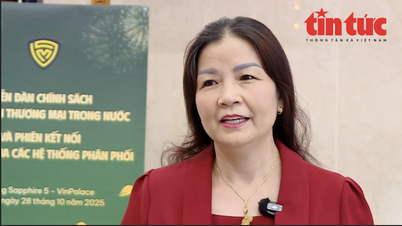

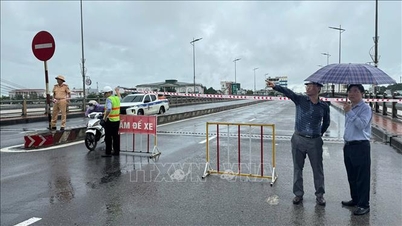
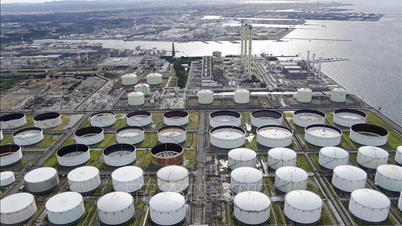
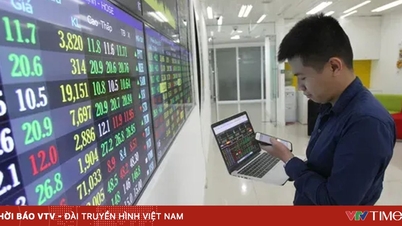

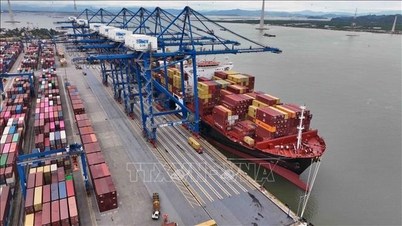
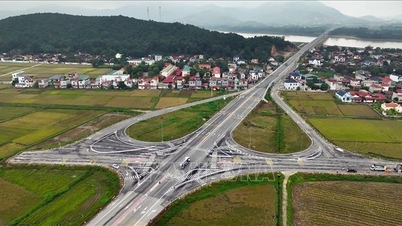




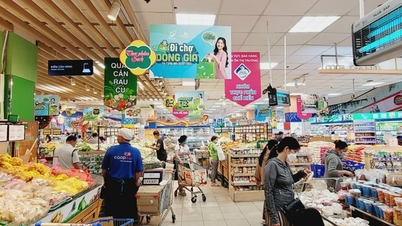
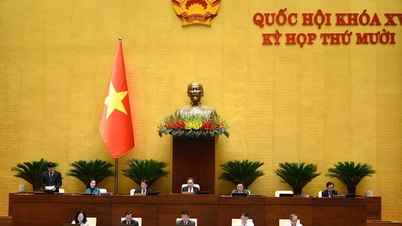
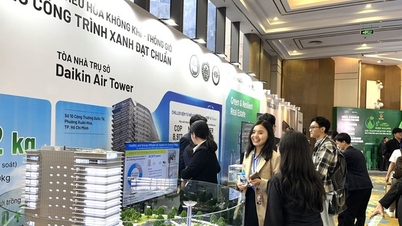
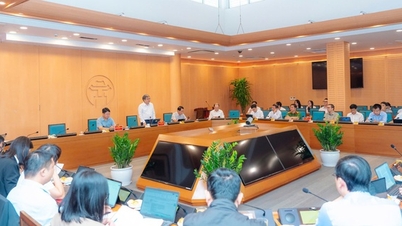
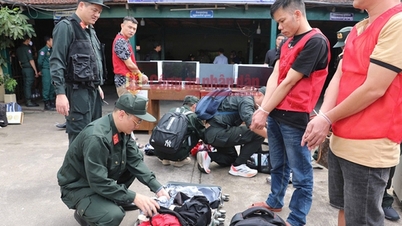
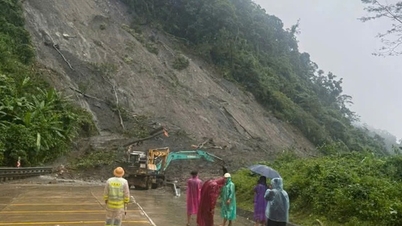
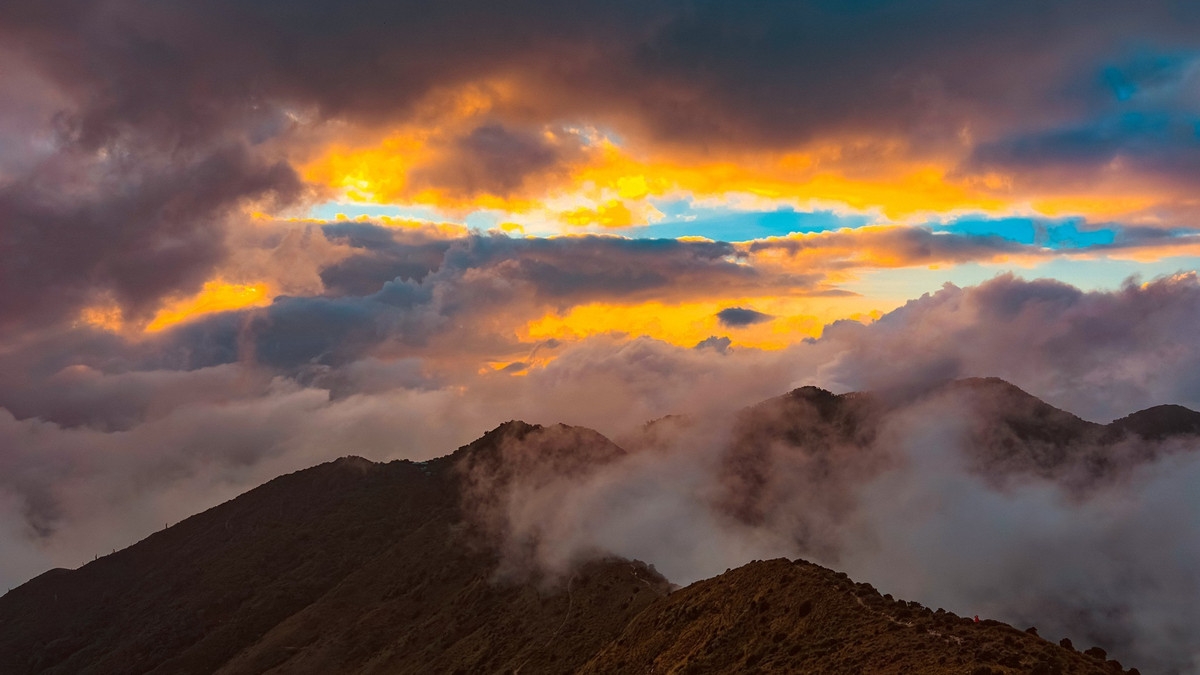
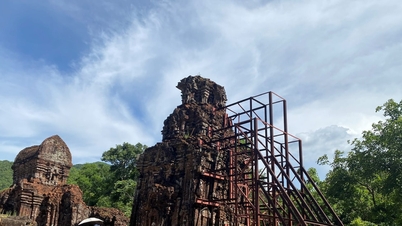

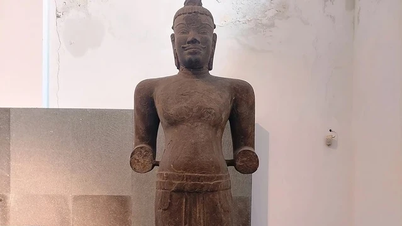

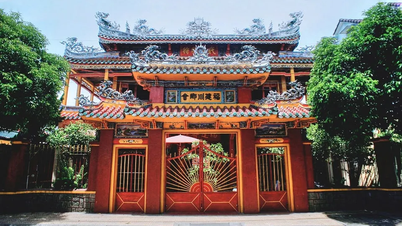

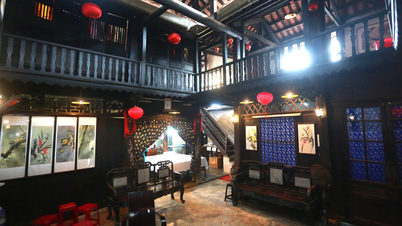

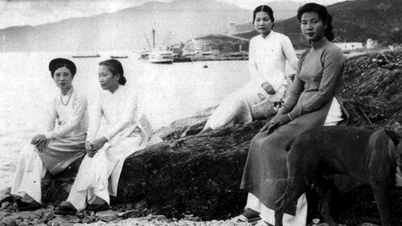

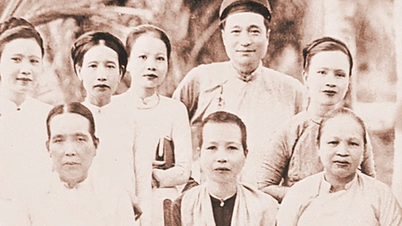
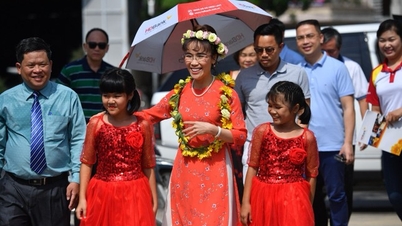

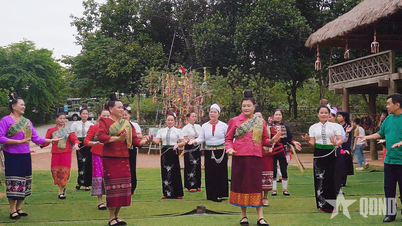

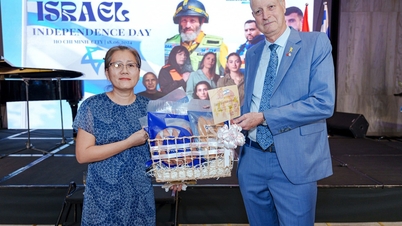

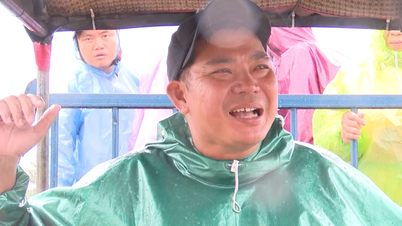
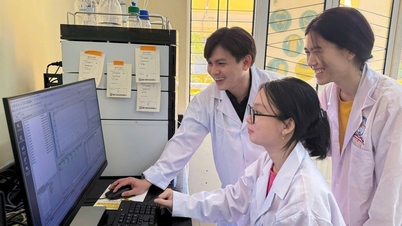

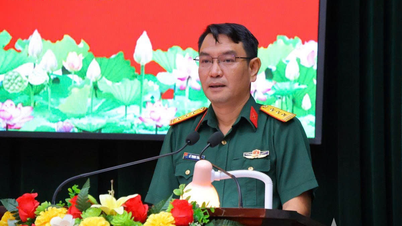


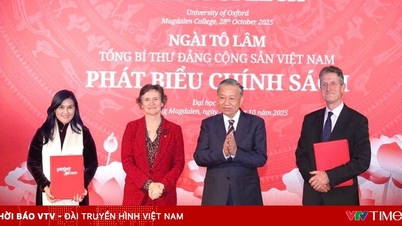
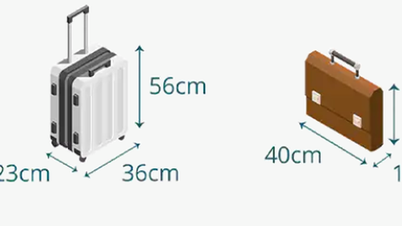


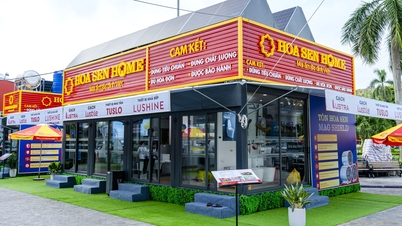
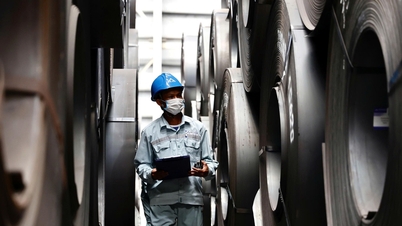



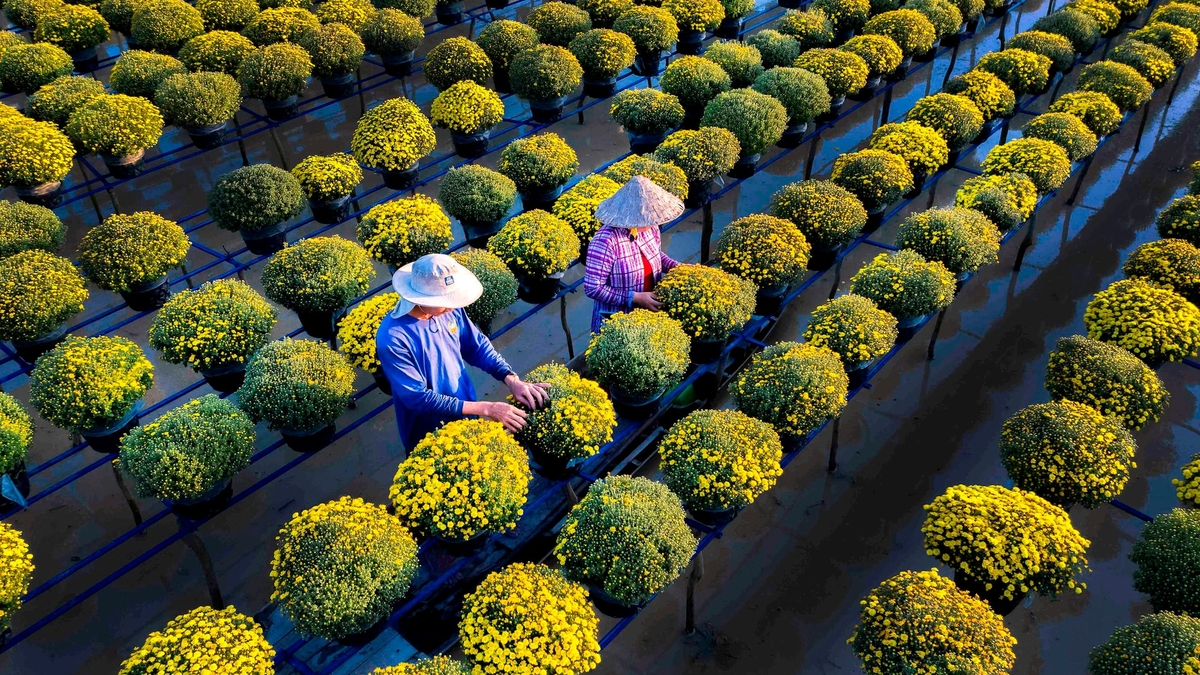


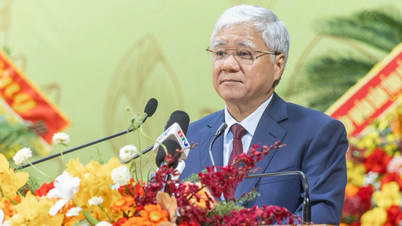
![[Infographic] Vietnam's socio-economic situation in 5 years 2021-2025: Impressive numbers](https://vphoto.vietnam.vn/thumb/402x226/vietnam/resource/IMAGE/2025/10/29/1761730747150_anh-man-hinh-2025-10-29-luc-16-38-55.png)

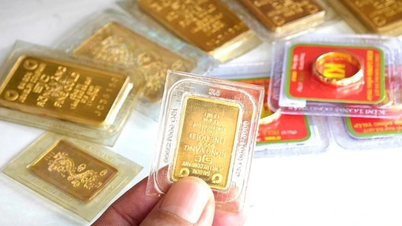
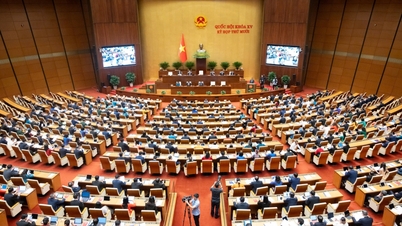
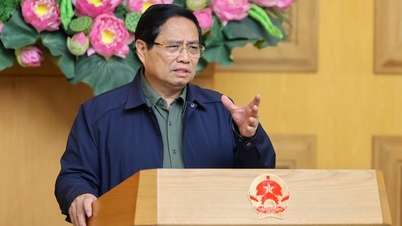
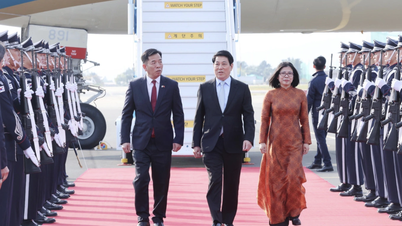

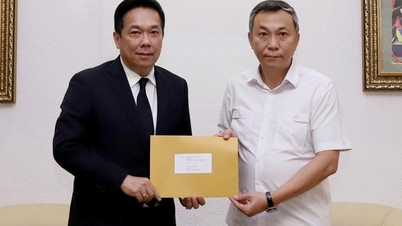

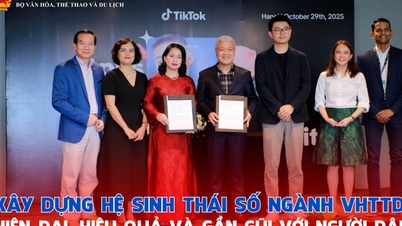
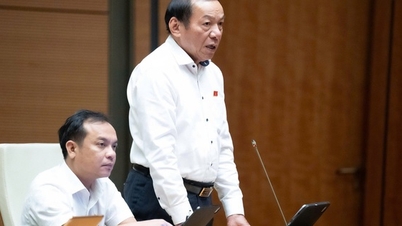
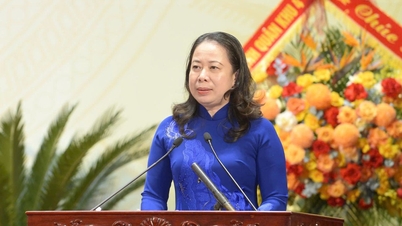

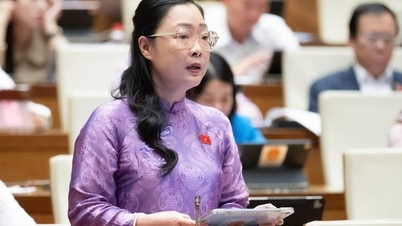
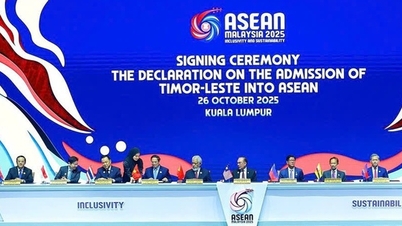
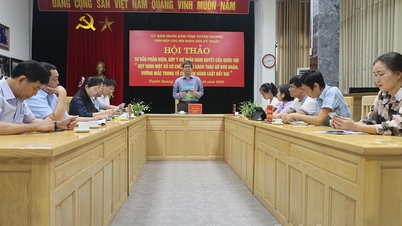

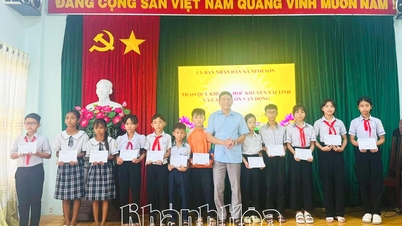

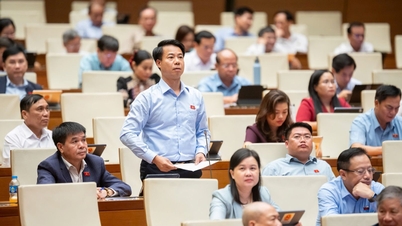
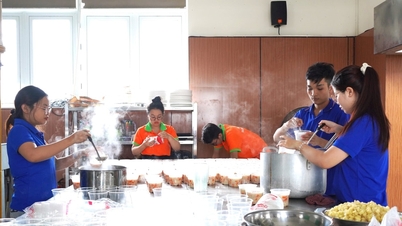
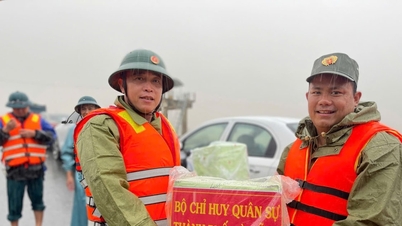
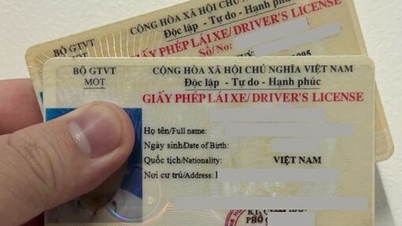












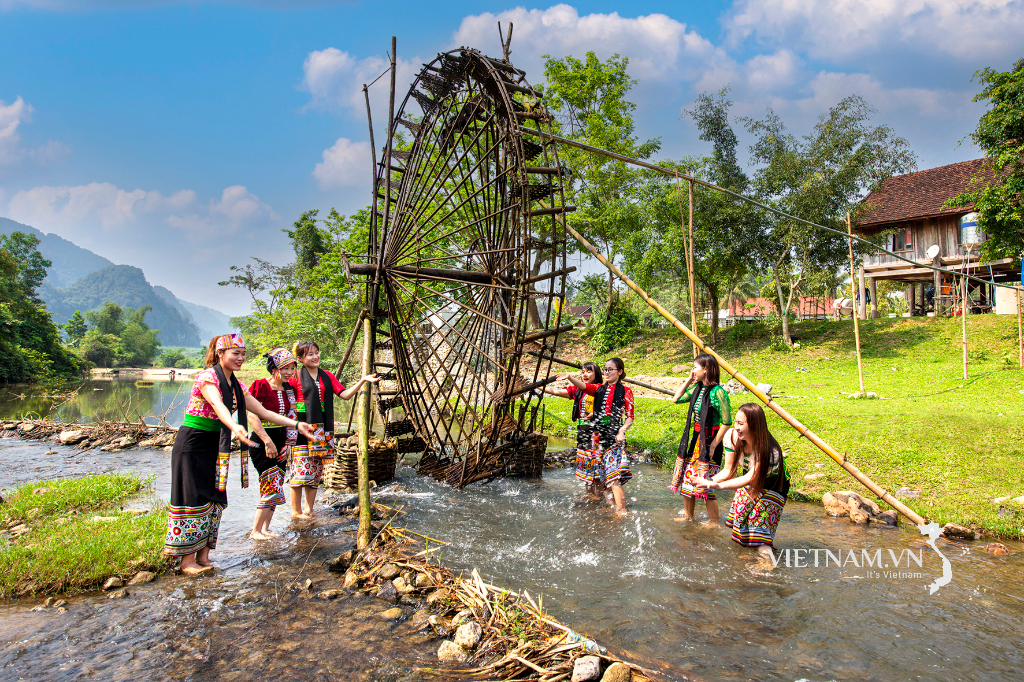
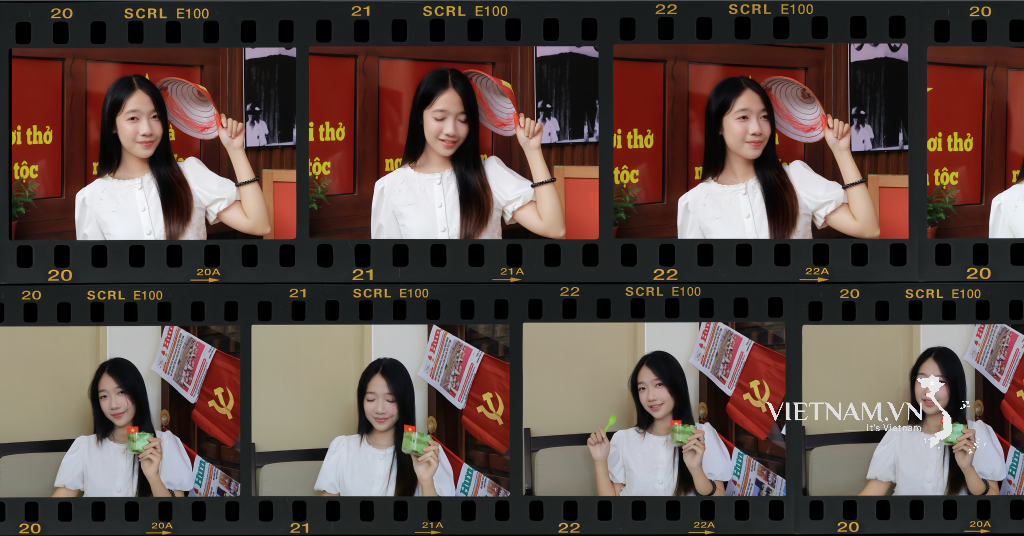
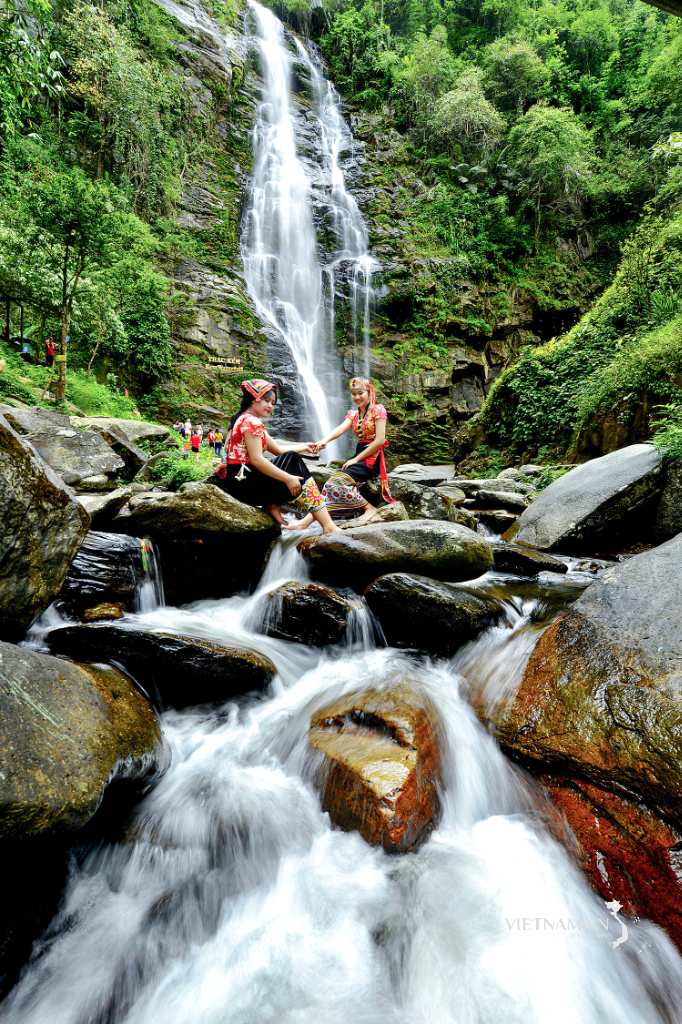
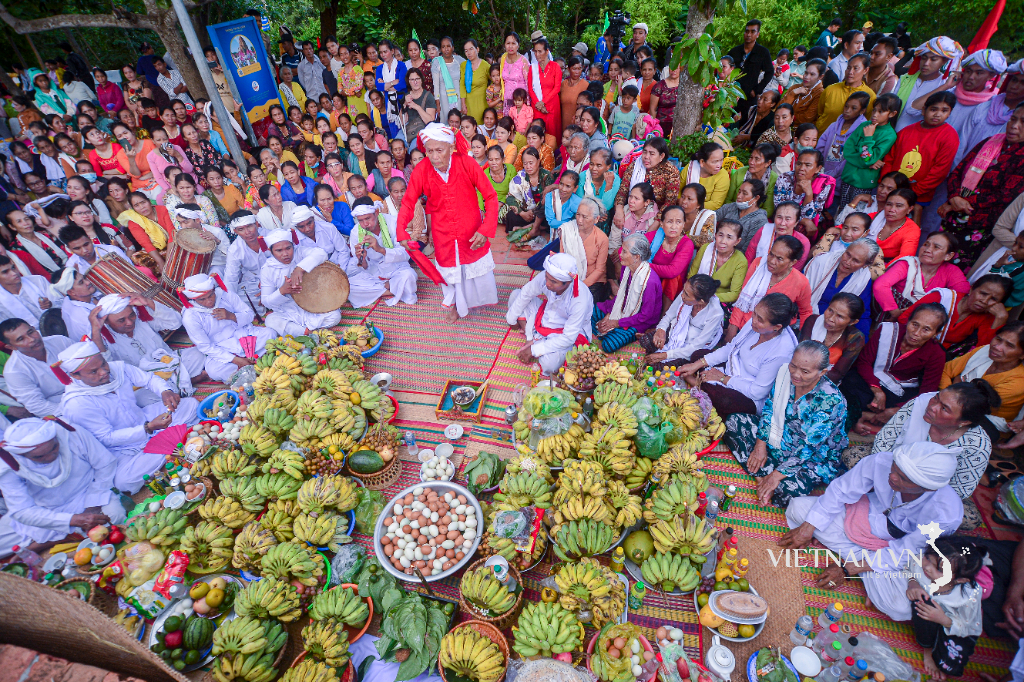
Comment (0)